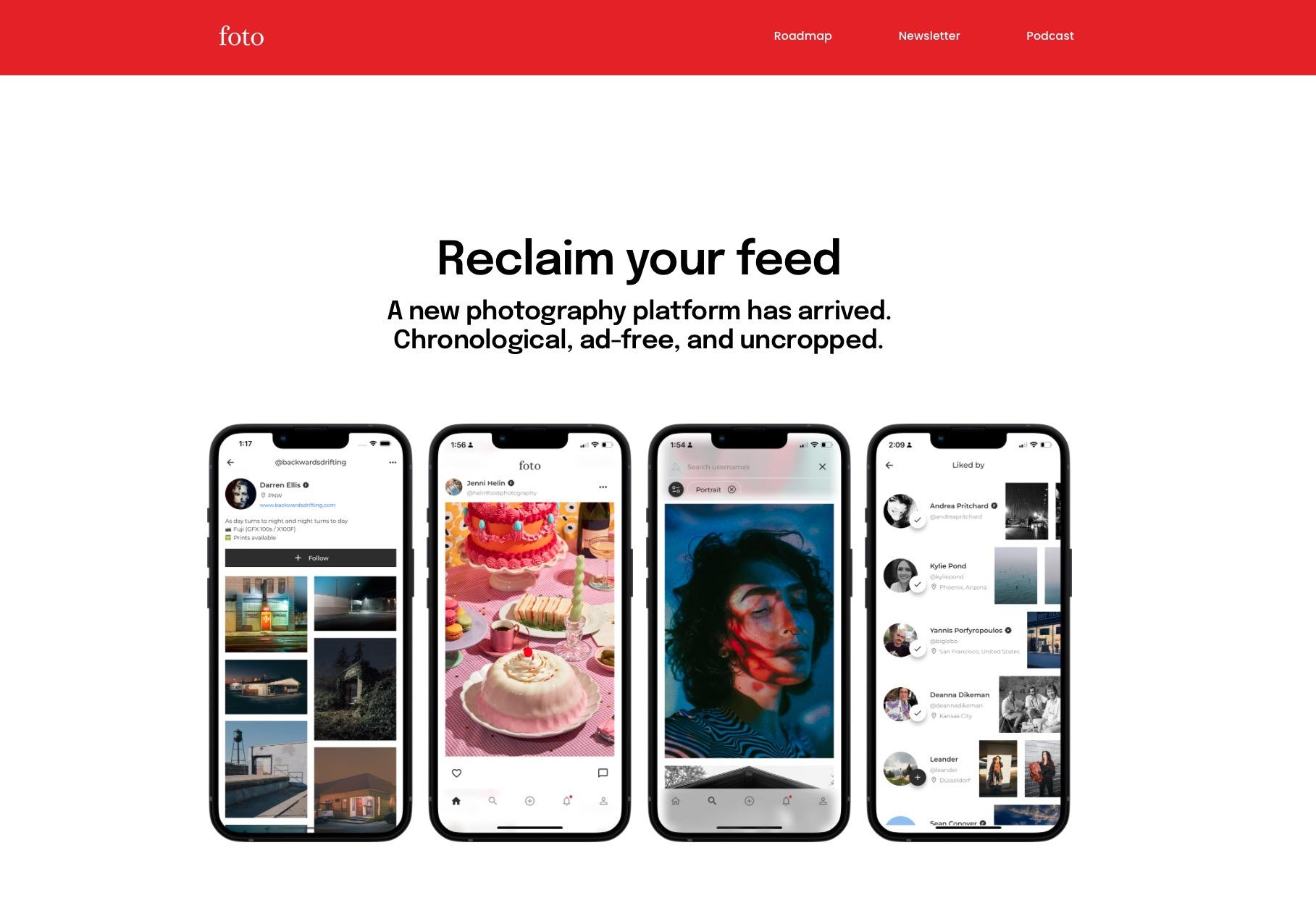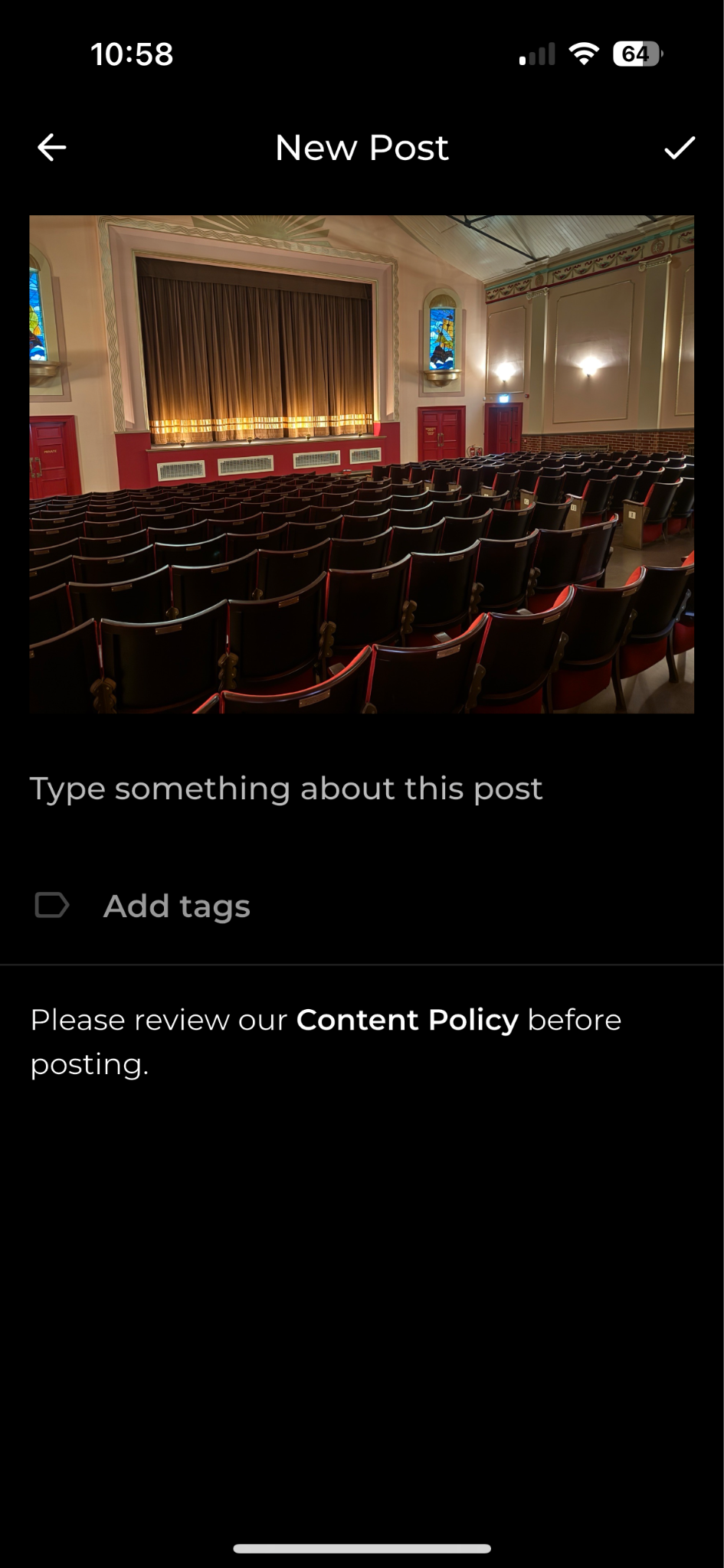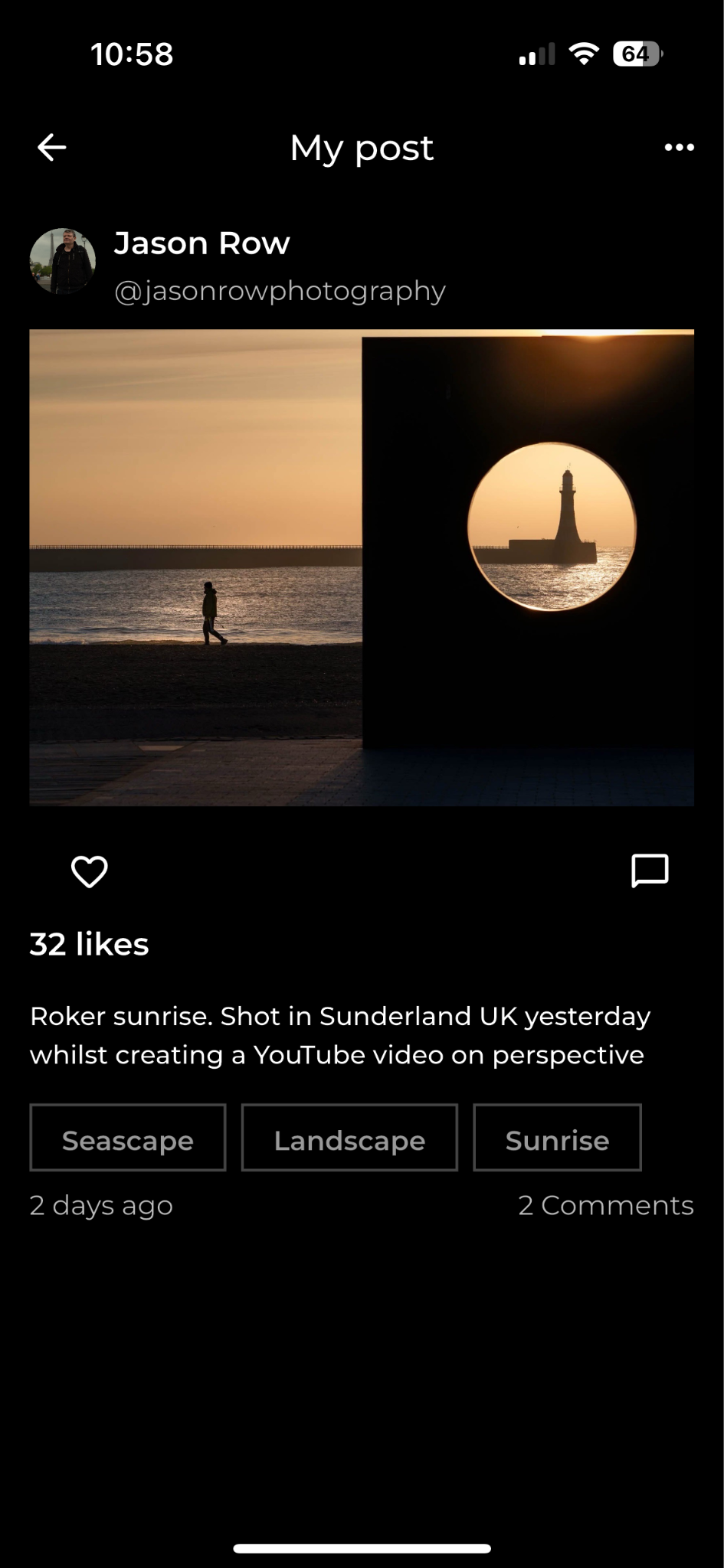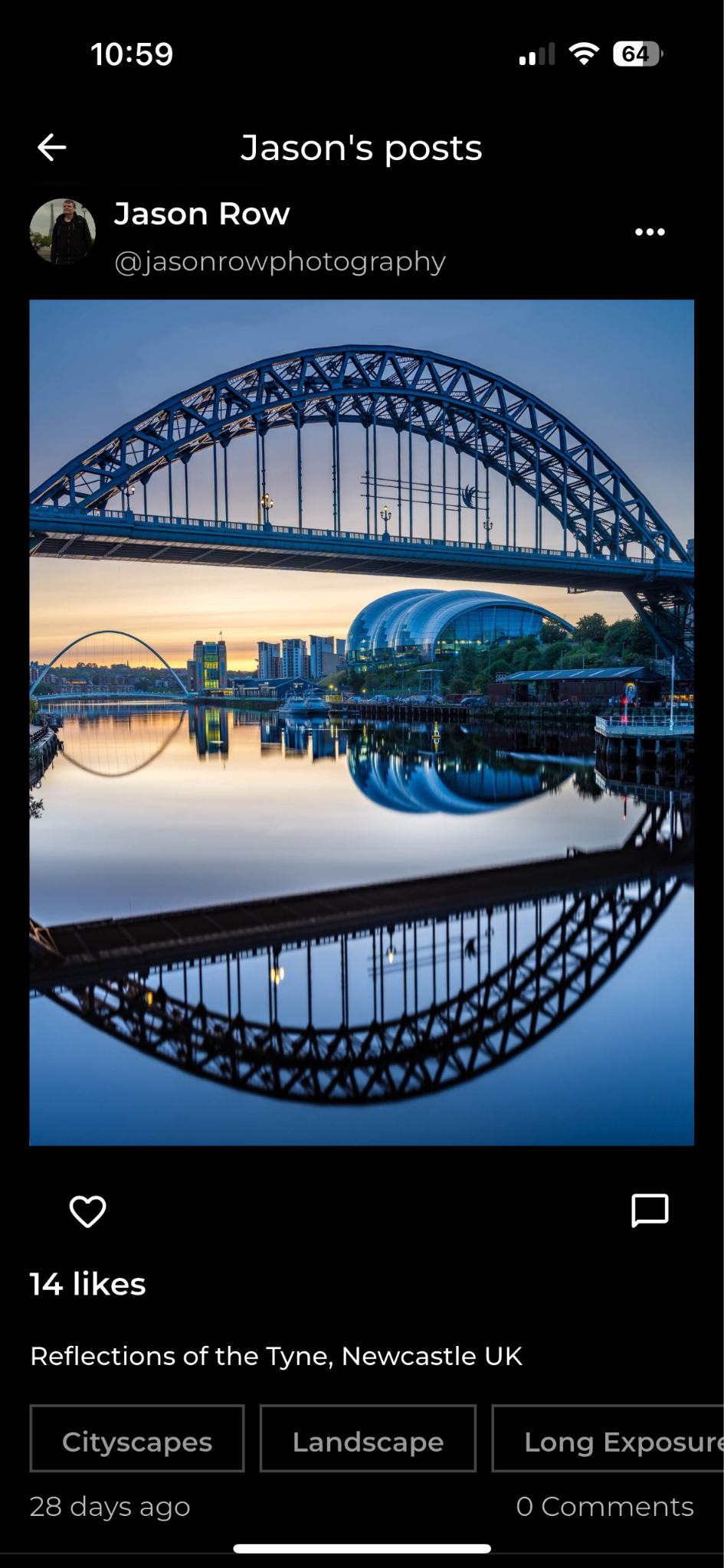[ad_1]
Ask anyone what social media platform is built around imagery and the majority of replies will be Instagram. Instagram has been around a long time in social media terms, having arrived on the scene in 2010.
However, there are many different social platforms available to photographers these days, some more productive than others. Some are based around video sharing, some around news and events and a minority around sharing images.
The new kid on the block in terms of image sharing is Foto.It has been developed by photographers for photographers. Its scope is not that of social interaction but purely to display and react to good photography.
It is a relatively niche entry into a crowded market, another social media app that could be huge or may wither and die. Today we are going to take a look at the Foto App, what it is and how it stacks up against alternatives.
The Rise And Fall Of Instagram
Any new photography-based social media platform is obviously going to be judged against Instagram. In the case of Foto, that might be a little unfair as it does not intend to be a competitor to Meta’s giant.
However, it’s important to look at Instagram’s place in the photographic world in relation to where Foto might go.
Although perhaps not intended as a social media app for enthusiasts and professional photographers, in its early days, Instagram became just that. The primary driver of this was its simplicity. The upload format was pretty uniform, with images all being displayed in a square format at a resolution that was perfect for mobile phones of the day.

People could search for specific genres and topics using hashtags, allowing users to easily find and interact with the content they liked. As such it grew popular not only with the general public sharing snaps, but also more serious photographers who could gain large and engaged followings. This in turn allowed professionals to use it as a powerful marketing tool and build their businesses off of the back of Instagram.
That all changed fairly quickly. Instagram became much more algorithm driven, feeding more and more non-photographic content to users. Influencer learnt how to game the algorithm, meaning more reels and toes dipped into infinity pools rose to the top rather than solid, quality photography.
In the last few years, Instagram has become increasingly difficult as a place for photographers to grow their brand and market their work. Other platforms have taken up some of the slack, but none of them were built around imaging as a primary driver. So how does Foto fit in?
Foto Is Not Trying To Be Instagram
Foto is a platform that is designed from the outset to focus on photography. Its USP is as a platform to share photography to anyone who wishes to see it. The developers state that it’s not just about photographers but anyone who wants to share their photos.
The app has been in beta for quite a while and recently had their full public launch – February 2025. Whilst still basic, the developers have published a roadmap of interesting additions to the app. These include portfolios, scheduling, print fulfillment and cloud storage.
One of the main claims of Foto is that it will never be an advert based model. However, there is currently a subscription service which gives you access to some of the higher level features and I would imagine that a number of the items listed on the roadmap will be included as fee based.
As with any social media platform there has to be a core number of users to make the platform viable. It will be interesting to see how many users move or add Foto to their social media portfolio and indeed how many take up a subscription service. Clearly, without advertising, Foto will need a substantial core to sign up. For that they will need to make the app compelling to its users.
I have been a user of the Foto app since its beta. As of yet, I have not signed up for the paid Ambassador subscription, but what are my thoughts so far on using the app?

Foto App In Action.
At the moment, the Foto app is available on both Apple IOS and Android, in the roadmap, they are also planning a desktop version in the near future. Once you sign up and log in, you will find a very clean and well-designed interface. Simplicity is certainly its strength, with photographs placed as the obvious centerpiece.
The app runs a chronological-based timeline from the Home button at the bottom, with a single row of large, clear images from contributors that you follow. To the right of the Home button is the search user function. Without searching, this displays a timeline of images only without the user name. If you tap on a photo, it will open with the user profile at the top.

Whilst you cannot search for specific text, you can search for tagged images. When you upload an image to the Foto app, you can apply up to three predefined, photography-based tags. These might be for example, Architecture, Landscape, and Long Exposure. This allows app users to filter the search section with specific genres of images. You can add up to three tags to your search.

The third of the five icons at the bottom is the upload button. This is, again, simple to use. When you upload, you can give your photo a description and add up to three tags. And that’s it, no faffing around trying to find suitable hashtags and labouring over a description that will trigger the algorithm.
The fourth icon is notifications, which will tell you if an image has been liked, commented and if someone has followed you. The last icon is your profile page and settings.
As a viewer, the app is as simple as a contributor. The only interactions you can make are to like and comment on a photo and to follow the photographer.
Whilst its simplicity makes it a really nice app to use both as a photographer and as a viewer, I wonder if the lack of deeper interaction will hamper its growth. That may well be something that is addressed in the future. For the moment, the Foto app feels very much like a modern version of early Flickr, a place to share and enjoy photos, but without any great interaction.

Will Fotos Succeed?
Personally, I hope so. I think with the decline of Instagram as a photography platform and the more generalised nature of other social media, there is certainly room for another image-based app. However, it will succeed or fail on its user base. In my opinion, users will need not only to get likes and comments on their images but some form of greater interaction. That may well be on the future roadmap, but for now, I am enjoying the Foto app without devoting a huge amount of my time to it.
[ad_2]
Source link

دیدگاهتان را بنویسید